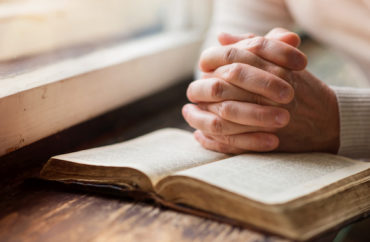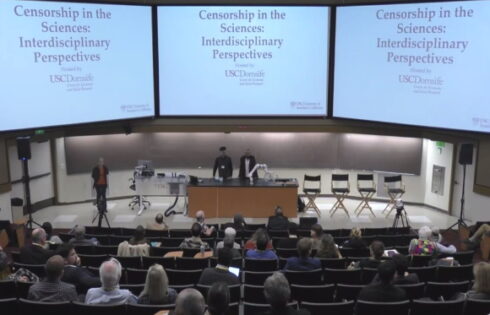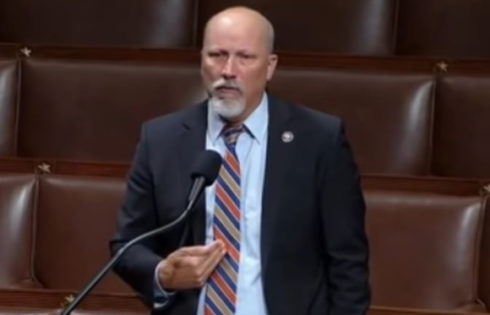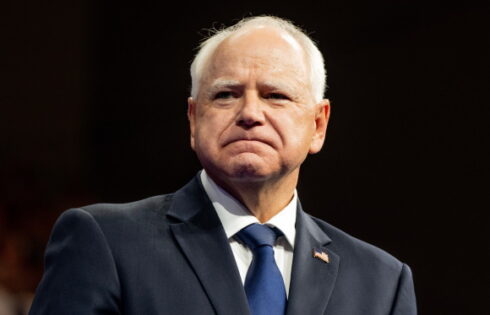
Two different approaches from different denominations
The College Fix recently conducted a survey of several different religious colleges, both Catholic and Protestant. The results were rather striking: Catholic universities tend to have far more religious diversity on their campuses, while Protestant schools tend to be much more homogeneously Christian, with little to no presence of other religions on their grounds.
Both approaches have merit. The startling ecumenicism of Catholic schools speaks well to the Catholic Church’s tolerance of differing faiths. The Catholic Church, of course, believes and has believed for centuries that it is the one true faith—but it also believes, as the Catechism notes, in “the possibility of choosing between good and evil, and thus of growing in perfection or of failing and sinning.” The Church stresses that man “might of his own accord seek his creator and freely attain his full and blessed perfection by cleaving to him.” This doesn’t mean that the Catholic Church is relativist; only that it recognizes that you cannot force people to join a faith in which they do not believe, and that there is eminent virtue in letting people decide for themselves.
The Protestant schools surveyed by The Fix were far more thoroughly Christian in their campus environments than the Catholic ones: All of the non-Catholic institutions had precisely zero non-Christian student groups on campus. One school required prospective students to affirm their Christian faith before entering. Another school refused to officially recognize any student club except for a Baptist Student Ministries group. These schools thus existed in something of a bubble of Christian faith; we are apt to use the term “bubble” negatively these days, but in the main there is actually nothing intrinsically wrong with living securely in an environment you believe is good and right.
In the former, the Catholic Church has cast a broad ecumenical net as part of its educational mission; in the latter, the Protestant schools have offered a more uncompromising and thoroughly Christian experience for their students. Both of these methods of religious higher education have shortcomings as well as merit, of course. It is up to each individual of each faith to figure out what the best approach is. At the very least we can be thankful that the United States has such a broad, vibrant, multifaceted higher education economy, in which everyone of faith can find a school that suits his own spiritual needs, whatever form they may take.
MORE: At Catholic and Protestant schools, different approaches to religious diversity
IMAGE: Halfpoint / Shutterstock.com
Like The College Fix on Facebook / Follow us on Twitter






Please join the conversation about our stories on Facebook, Twitter, Instagram, Reddit, MeWe, Rumble, Gab, Minds and Gettr.